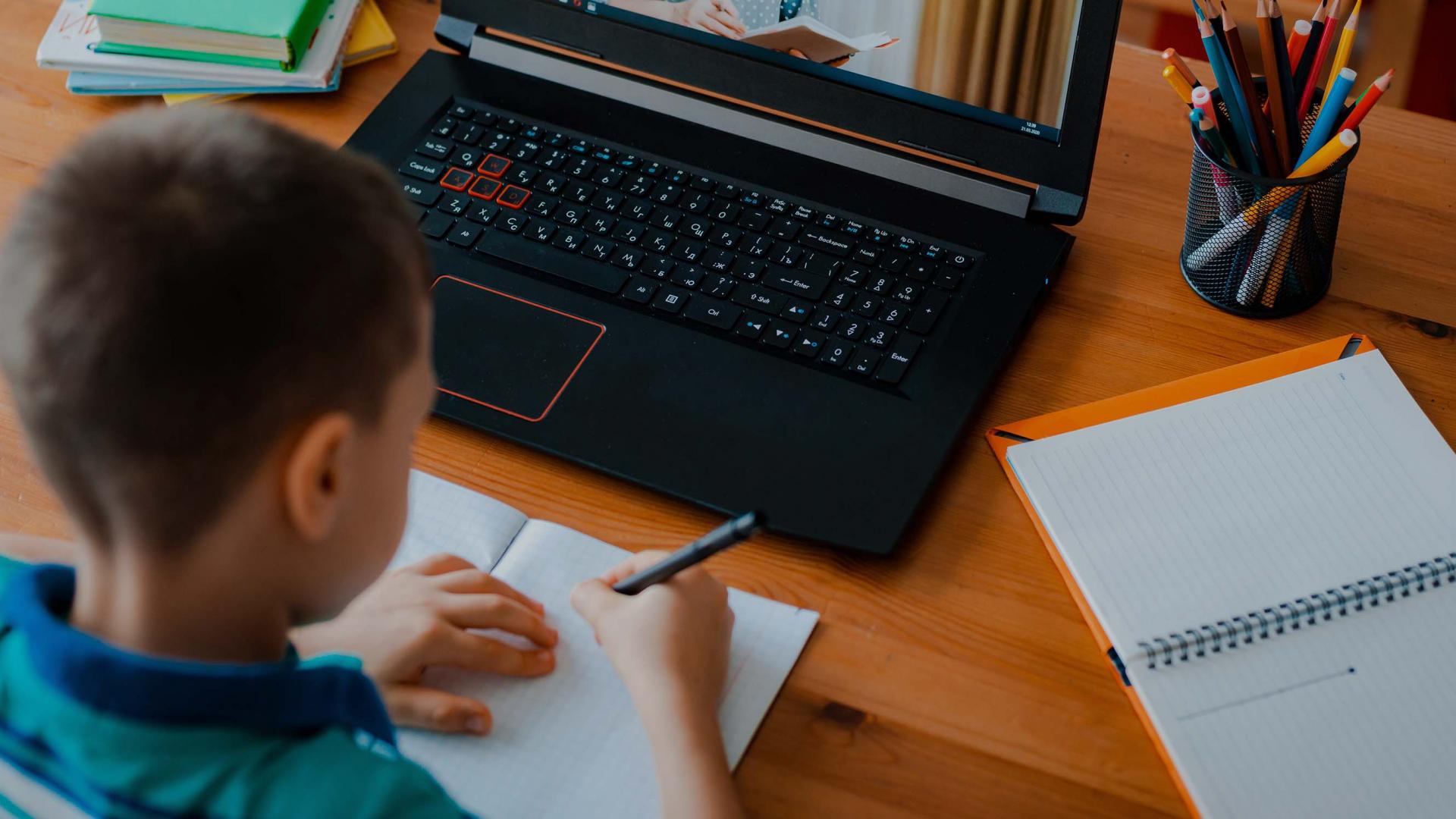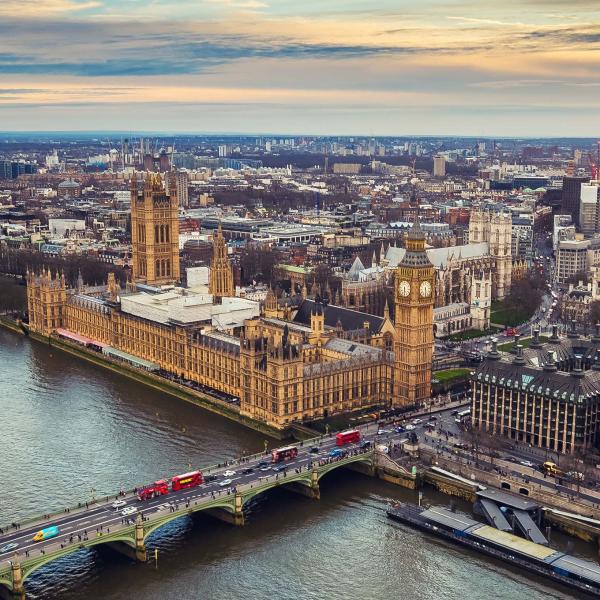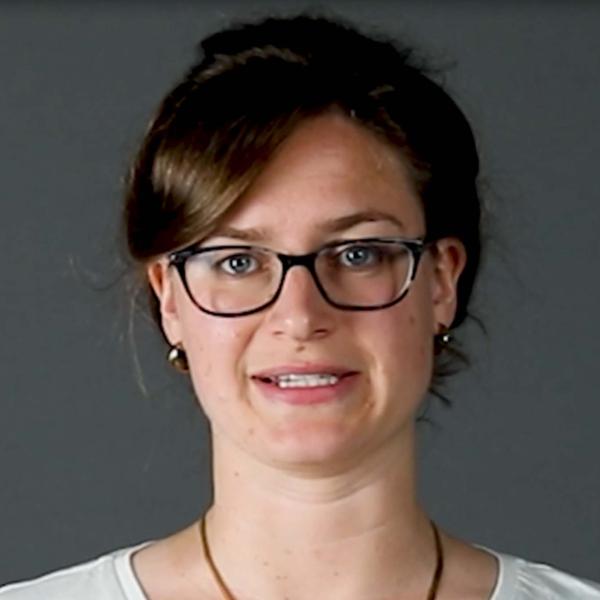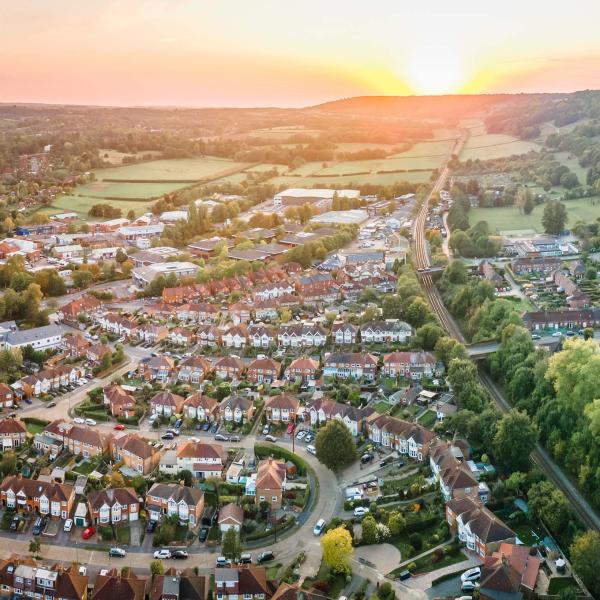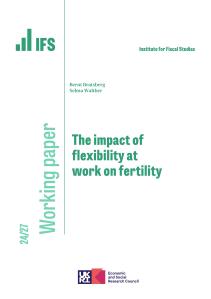The COVID-19 pandemic has dealt a monumental blow to the education of English school children. Over the past 18 months, English school pupils experienced two long periods of nationwide school closures. The first round of universal school closures lasted 10 weeks (from 23 March to 1 June 2020); some pupils were not able to return to school until the start of September that year. This unprecedented action was repeated at the start of 2021, with pupils across England sent home for 9 weeks (from 5 January to 8 March 2021). Even when schools were open outside these periods, in-school provision was hampered by social distancing protocols, staff shortages and self-isolation.
There is growing evidence that disruption during the pandemic has undermined children’s education and increased inequalities between those from disadvantaged backgrounds and their better-off peers. So far, most of the evidence focuses on the initial period of school closures in Spring 2020. But as teachers and pupils start a new academic year, understanding how children’s experiences changed over the course of the pandemic – and how these experiences differed for those from different backgrounds – will be an important step in assessing the extent of learning loss, and what can be done to help pupils to catch up.
Learning throughout the pandemic
In this report, we therefore examine how the learning experiences of English school children evolved over the course of the first 12 months of disruption, from the beginning of the first lockdown in March 2020 until the end of the second period of school closures in March 2021. We consider learning experiences during both periods of nationwide school closures as well as during the 2020 autumn term – when schools were open but periodically disrupted. Specifically, we look at how learning time changed between the closures, the extent of self-isolation during the autumn, and the nature of school remote learning provisions throughout. We also examine how inequalities between richer and poorer pupils evolved over the course of the pandemic, and what this implies about catch-up policies in the future.
To do this, we use data from two online surveys that were administered to parents of English school children during the two phases of closure. This gives us real-time insights into how parents and pupils coped during these periods of unprecedented disruption. In the second survey, we also asked recall questions about the 2020 autumn term, to get a sense of how schools and families coped when schools were open but disrupted – a model that has since characterised the 2021 spring and summer terms as well.
Understanding how learning experiences changed in the 12 months since the first round of school closures gives an important indication of the extent to which parents, pupils and schools adapted as the pandemic progressed. The findings of this report can help shape policies aimed at helping students ‘catch up’ as schools return to more familiar modes of education delivery, as well as ensuring appropriate access to education in a likely future of continued disruption because of self-isolation.
Key findings
- Home learning in early 2021 was more successful than during the first period of school closures. Among out-of-school pupils, learning time rose from 22 hours a week in April/May 2020 to 26 hours a week in February/March 2021 for primary pupils (22 to 29 hours a week for secondary pupils). The quality of learning time also improved. Schools were far more likely to offer active learning resources; while 40% of children were offered online classes during the first round of school closures, this rose to 67% by February/March 2021. Children were more likely to have access to tablets and laptops, and parents reported finding it easier to support home schooling.
- However, even in the second round of school closures, home learning still fell below policymakers’ expectations. In early 2021, the Department for Education introduced guidelines for the minimum daily amount of time children should spend on remote learning. However, around 40% of pupils did not meet the suggested amount of time during the second period of school closures.
- Even when national school closures were lifted, learning time continued to be disrupted, largely due to extensive self-isolation. On average, children in our survey lost out on 8 days of in-school instruction during the 2020 autumn term because they needed to self-isolate (compared with less than 3 days of absence per term in pre-pandemic times). When they were isolating, most children had limited resources to continue to learn at home: just 40% of pupils had access to interactive learning resources when asked to self-isolate during the 2020 autumn term. This is a substantial fall from the 55% of pupils who had been offered such resources during national school closures the previous term.
- Inequalities in remote learning time between richer and poorer children improved between the two rounds of school closure, with little if any gap in learning time during early 2021. This was driven by an improvement in home learning experiences for poorer children, with substantially improved access to online learning resources (and to the technology needed to access them). Expanded access to in-person schooling also meant that some children who struggled with remote learning had the option to attend school in person.
- However, during the autumn term, poorer pupils spent longer in self-isolation, and had less access to school provisions when doing so. This suggests that inequalities may have worsened outside of the periods of school closure – including since March 2021.
- Targeted interventions are probably essential to closing educational inequalities. During the second round of school closures, inequalities in home learning experiences started to close, so disadvantaged students had a more similar experience to their better-off peers. However, on their own, similar experiences going forward are unlikely to be enough to offset the educational gaps that opened up during the first period of school closures.
- Catch-up policies need to be carefully designed to meet the scale of the challenge, as well as targeting the pupils most in need. After a year of COVID-related disruption to education, 25% of parents think their child will take at least a school year to catch up on lost learning; 7% think that their child will never catch up. While most parents support tutoring, parents of richer pupils are more likely to have taken up the offer of catch-up tuition. Catch-up policies need to be carefully designed and incorporated into the school day where possible, to ensure that they are accessed by the pupils who stand to benefit the most.
